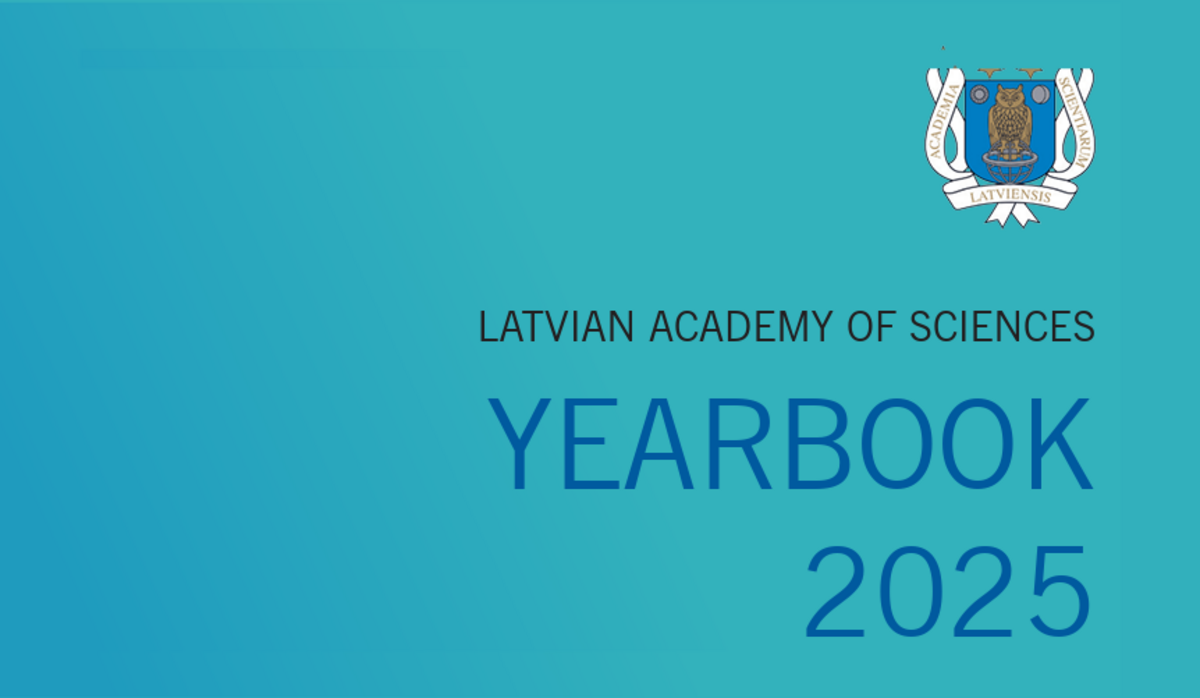
The Latvian Academy of Sciences has released its annual yearbook — a comprehensive overview of achievements, challenges, and future outlooks across Latvia’s scientific landscape. The publication brings together insights from leading experts and institutional heads representing diverse fields of research. Among the contributors is Andris Anspoks, Director of the Institute of Solid State Physics, University of Latvia (ISSP UL), who shares his perspective on the development and direction of material science in Latvia. Here we share a short excerpt from the article.
The experience of the Institute of Solid State Physics, University of Latvia (ISSP UL) shows that one of the country’s main areas with significant growth potential lies in fibre-optic-based products. Latvian companies such as Lightguide and CeramOptec, located in Līvāni, are already successfully competing at the global level. These products are applied in various fields – including in medical devices, high-power laser beam transmission, and fibre-optic systems designed to capture every photon of light.
Among the emerging and entirely new sectors there is microfluidics, one of whose most promising applications is in so-called organ-on-chip technologies – devices where cells can be grown to mimic the behaviour and environment of living organs, forming a 3D micro-scale model of a real organ. Such innovations accelerate drug development by enabling the use of human cells and supporting advanced diagnostics systems, as well as fostering other industries, such as synthetic spider silk production.
Another highly specialised and historically strong field in Latvia is radiation detection and control systems, where companies like Baltic Scientific Instruments and Ritec are successfully operating. Their technologies are used in nuclear power plants around the world. These success stories are not rare in Latvia’s science and technology ecosystem – for example, Baltic Scientific Instruments equipped the city-state of Singapore with a fully automated radiation monitoring system for both oceanic and aerial applications. Latvia’s high-tech company Sidrabe is internationally recognised for its large-scale vacuum coating systems and lithium coating technologies. Their equipment is also used by another Latvian industry leader, GroGlass, which specialises in the production of large-scale invisible glass used in many of the world’s museums.
Other developing sectors include biomedicine and pharmaceuticals (active pharmaceutical ingredients, molecular biology, gene research), photonics, and new material research. At the same time, forestry and the IT sector continue to dominate Latvian industry. In the manufacturing sphere, notable export-oriented sectors include mechanical engineering, pharmaceuticals, medical device manufacturing, and electronics.
The director goes on to emphasize the importance of dialogue between science and industry, highlighting how such collaboration is fostered by ISSP UL’s open-lab principle and innovation ecosystem, as well as what are the key areas where future progress is essential.
Read the full article in the Latvian Academy of Sciences Yearbook 2025